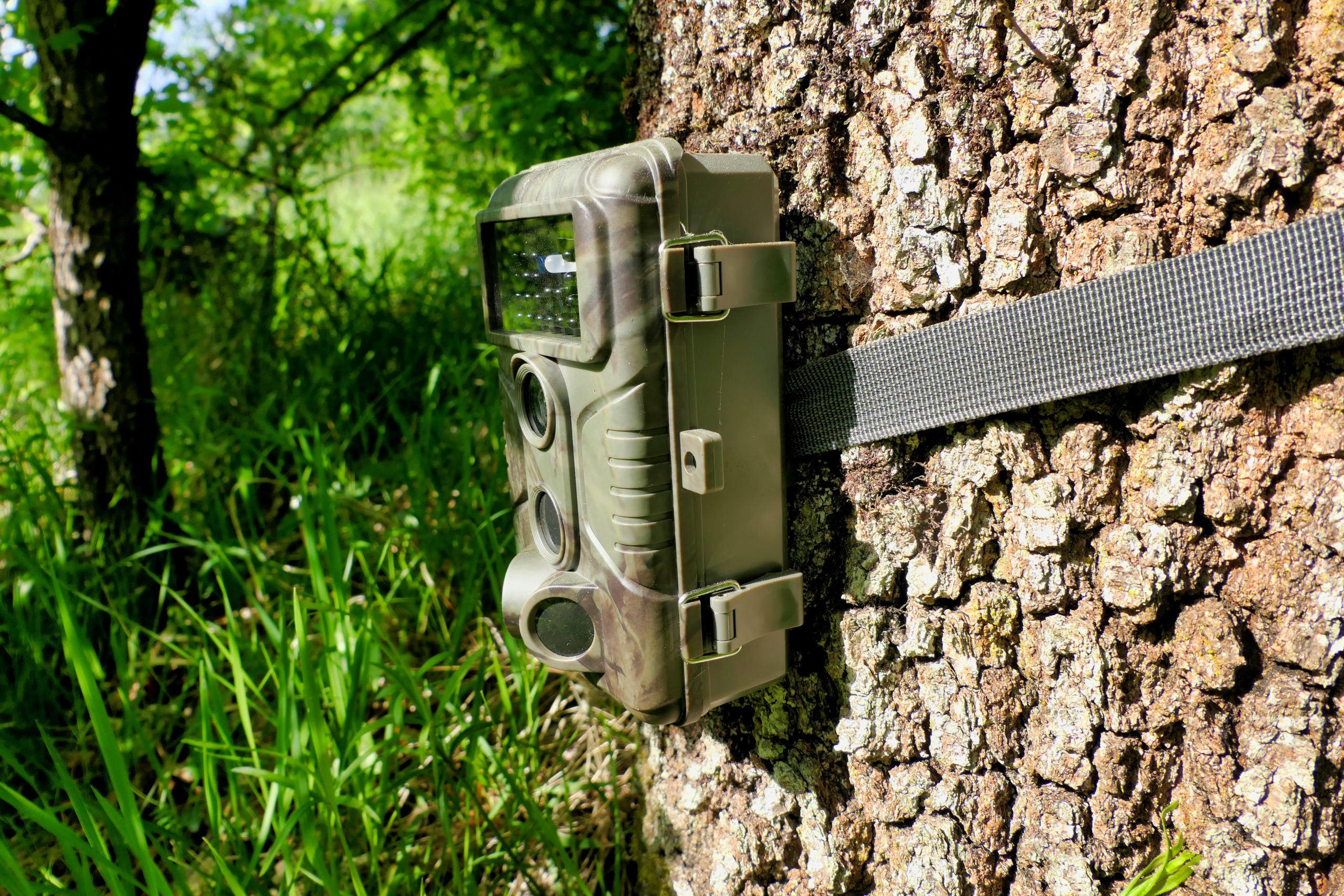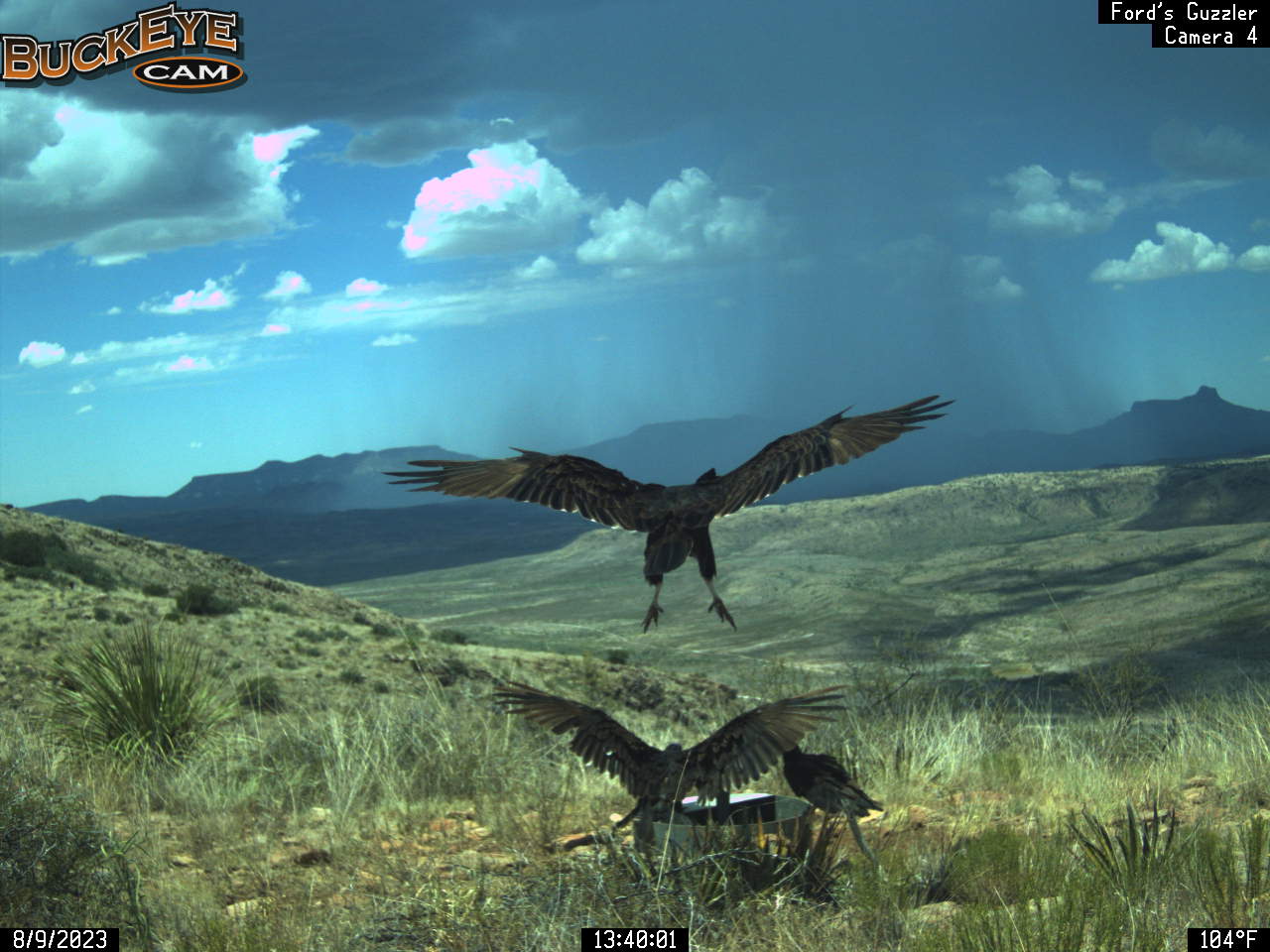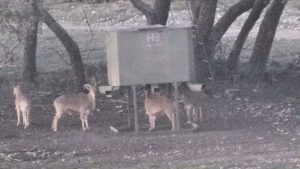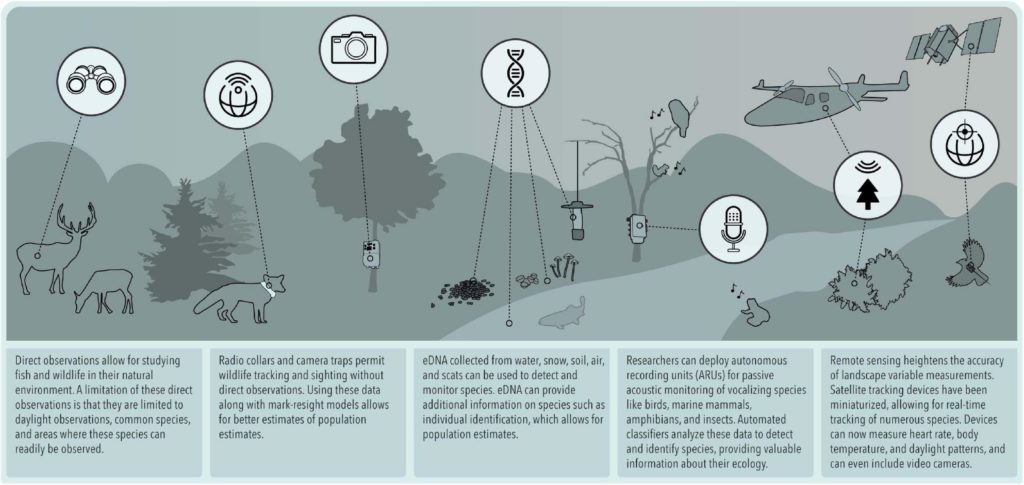Remote cameras, also referred to as game or trail cameras are designed to discreetly monitor wildlife. These devices, equipped with features like motion sensors, night vision, and durability against harsh weather, are perfect for capturing high-quality images and videos of wildlife in their natural habitats. And sometimes, unexpected wildlife.
The recent discovery of a previously unphotographed jaguar in Arizona, captured by a remote camera, underscores the value of these devices in wildlife observation. Remote cameras offer a fascinating glimpse into the lives of wildlife, serving both scientific and personal exploration purposes.
Monitoring Texas Wildlife Patterns and Behavior with Remote Cameras
Remote cameras are invaluable for wildlife research, providing essential data on animal behavior, population trends, and the presence of rare species or view shy or rarely seen wildlife such as bobcats.
In Texas, landowners use remote cameras for nature viewing or scouting, particularly around wildlife watering stations. At Landmark Wildlife Management, we emphasize the importance of these watering stations as a vital resource for wildlife, especially in areas where natural water sources are scarce. By placing remote cameras near these stations, landowners can monitor which animals frequent the area, understand their needs, and make informed decisions about land management and conservation.
The data gathered from these cameras can include details on animal movement, range size, and even population demographics, such as buck-to-doe and fawn-to-doe ratios. They can also aid in identifying potential nest predators or in cataloging the diversity on the property. This information, when combined with other data sources like browse surveys, spotlight counts, and harvest data, can significantly enhance wildlife management strategies.
Most people purchase a trail camera to provide “an extra set of eyes” at feeders, along game trails, and in other locations. For hunters, trail cameras allow scouting of multiple areas over the same period of time, and monitoring 24-hour activity at locations for specific game species such as white-tailed deer.
Game Camera Footage across Texas
Texas Bighorn Society has 12 cameras installed in the mountains of West Texas to monitor bighorn sheep in the area. You can find some of the live images from their game cameras here. You will notice the diversity of the area captured perfectly.
And here is a live video stream from a Game Ranch in Northwest Texas mounted to monitor feeders on the property for deer.

Remote Camera FAQs
Despite the decreasing costs of remote cameras, making them more accessible and user-friendly, there are some uncertainties. For landowners considering integrating remote cameras into their wildlife management plans, here are some commonly asked questions to help guide their decisions.
What are the best wildlife cameras?
There are many excellent options available, but one highly recommended model is the GardePro A3 Trail Camera available on Amazon. This camera offers a good balance of price for under $100 and performance, making it a popular choice among Texas landowners. It’s known for its high-quality images, robust build, and user-friendly interface, suitable for a variety of wildlife monitoring needs.
How many remote cameras do I need for my property?
The number of cameras you need depends on your specific goals and objectives. For instance, some suggested 1 camera per 160 acres for adequate deer monitoring. However, more cameras may be necessary for monitoring smaller species or rare wildlife. On large properties, systematically moving a small number of cameras (4-5) every 10 days can adequately cover the area over time.
Where should I set remote cameras up?
Consider placing them near wildlife watering stations, feeders, game trails, or other areas of high wildlife activity.
How do game cameras work without WiFi?
The camera is typically triggered by heat and/or motion of animals within a certain distance (~60 feet). Sensitivity is sometimes adjustable for different settings and species sizes.
Does flash scare deer?
These days, a typical camera flash is rarely included, with most models equipped with an invisible infrared flash that does not startle animals.
Other Technological Advances in Wildlife Management
The integration of technologies such as remote cameras in wildlife monitoring and research has fundamentally transformed our approach to understanding wildlife behavior and effectively managing our properties. These tools provide unprecedented insights and innovative methods for both studying and safeguarding wildlife, as well as for the responsible stewardship of land.
Key technological advancements include:
- GPS Tracking: GPS technology allows researchers to track the movement and migration patterns of animals. This is particularly useful for studying species that travel long distances or are difficult to observe directly.
- Drones: Unmanned aerial vehicles (UAVs), or drones, are increasingly used for wildlife surveys, habitat mapping, and monitoring hard-to-reach areas. Drones can cover large areas quickly and provide high-resolution images and videos.
- Bioacoustics: This technology involves recording and analyzing the sounds of wildlife. It’s used to study communication among animals, detect the presence of elusive species, and monitor changes in biodiversity.
- Data Analysis Software: Advanced software tools are used to analyze the vast amounts of data collected from various technological devices. These tools help in identifying patterns, making predictions, and formulating conservation strategies.
- Artificial Intelligence (AI): AI and machine learning are being integrated into wildlife research to automate tasks like identifying species in camera trap images, analyzing animal sounds, and predicting wildlife movements.
In the ever-evolving landscape of wildlife management, the integration of remote cameras and other advanced technologies marks a significant leap forward. These tools not only deepen our understanding of the natural world but also empower us to make more informed, responsible decisions in conserving and cherishing the wildlife that enriches our Texas landscapes.
For personalized guidance and expert assistance in implementing these technologies on your Texas property, contact us – your partner in effective and sustainable wildlife stewardship.












